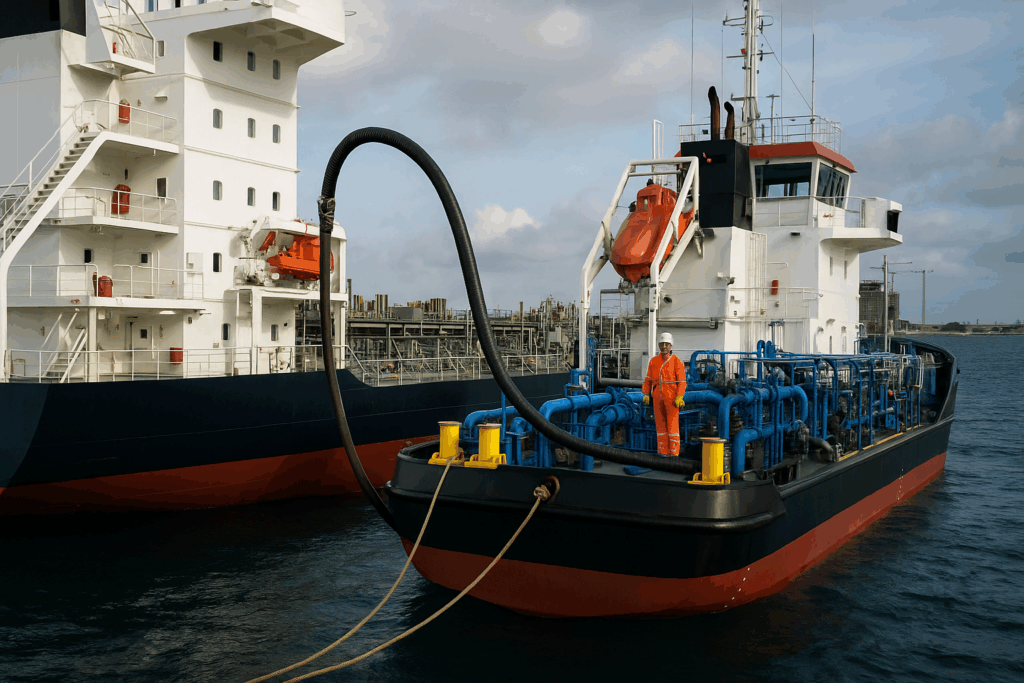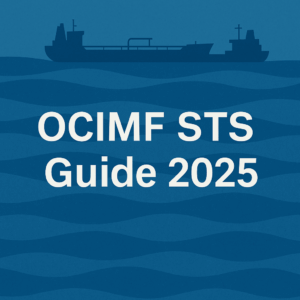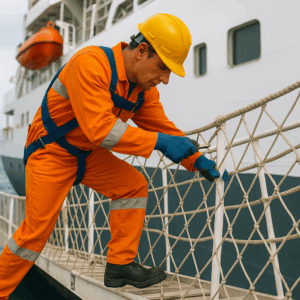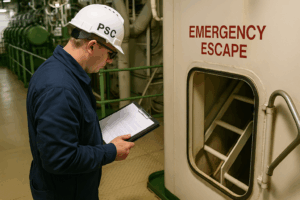The maritime sector is undergoing a profound transformation driven by the need to reduce emissions and adopt cleaner energy sources. Among the most significant developments is the growing use of low-flashpoint fuels — such as LNG, LPG, methanol, ammonia, and hydrogen — as alternative options to conventional heavy fuel oil.
While these fuels represent a crucial step toward achieving the IMO’s decarbonization goals, they also introduce new technical, operational, and safety challenges. To address these, the International Maritime Organization (IMO) has issued an extensive regulatory framework to ensure that ships using low-flashpoint fuels operate safely and in compliance with international standards.
Regulatory Background
The core reference documents include:
- SOLAS 1988, as amended, Chapter II-1, Part G
- IGF Code (International Code of Safety for Ships Using Gases or Other Low-Flashpoint Fuels)
- IGC Code, as amended
- A series of IMO MSC Circulars and Resolutions, including:
- MSC.1/Circ.1621 – Interim Guidelines for Methyl/Ethyl Alcohol Fuels
- MSC.1/Circ.1666 – Interim Guidelines for LPG Fuels
- MSC.1/Circ.1679 – Interim Guidelines for LPG Cargo Used as Fuel
- MSC.1/Circ.1687 – Interim Guidelines for the Use of Ammonia as Fuel
- Draft MSC Circulars – Interim Guidelines for Hydrogen and Anhydrous Ammonia as Fuel
In parallel, the STCW.7/Circ.25 introduces generic interim training requirements for seafarers working on ships powered by alternative fuels and new technologies — a crucial step toward ensuring operational safety and crew competence.
Application and Compliance
The IMO framework applies to:
- Ships using low-flashpoint fuels covered by the IGF Code:
- Building contract placed on or after 1 January 2017
- Keel laid on or after 1 July 2017
- Delivery on or after 1 January 2021
- Existing ships converted to use low-flashpoint fuels after 1 January 2017.
- Gas carriers using cargo vapour or boil-off gas other than methane (LNG) as fuel.
It’s worth noting that ships using methane (LNG) as fuel remain regulated under Section 16 of the IGC Code.
Recent Amendments and Key Updates
The most recent Marine Notice introduces several important updates:
- Integration of the final STCW circular on training for seafarers.
- Inclusion of draft interim guidelines for the use of hydrogen and anhydrous ammonia as fuels.
- Updated administrative procedures for design approval and compliance verification for ships using alternative fuels.
For example, under MSC.1/Circ.1679, the requirements for LPG as a fuel apply to ships with building contracts placed on or after 1 July 2024, or keels laid on or after the same date.
Challenges and Safety Considerations
Transitioning to low-flashpoint fuels requires a comprehensive understanding of new risks — from cryogenic fuel handling and storage to emergency shutdown systems, ventilation, and explosion prevention.
Equally important is crew training, as the complexity of alternative fuel systems demands specific competence and awareness in both normal and emergency conditions.
Failure to meet these standards could not only jeopardize vessel safety but also result in detentions during Port State Control inspections and delays in flag approval processes.
Marine Surveyor Consultant’s Role
At Marine Surveyor Consultant Sagl, we assist shipowners, operators, and managers in achieving full compliance with IMO regulations for low-flashpoint fuels.
Our technical and auditing expertise ensures that both newbuildings and retrofitted vessels meet the safety, documentation, and operational standards required by international codes.
| Service Area | Description |
|---|---|
| Regulatory Compliance Review | Verification of design, documentation, and procedures against IGF and IGC Codes, SOLAS, and relevant IMO circulars. |
| Pre-Conversion and Readiness Audits | Technical assessment and gap analysis before adopting or converting to low-flashpoint fuels. |
| Crew Training Assessment | Verification of crew competence and alignment with STCW.7/Circ.25 training requirements. |
| Flag and Class Coordination | Support during plan approval, risk assessments, and liaison with Recognized Organizations and Flag Administrations. |
By combining field experience and regulatory insight, our consultants help shipowners minimize risk exposure and ensure a safe, compliant, and efficient transition toward alternative fuel systems.
Conclusion
The IMO’s latest regulatory framework for ships using low-flashpoint fuels marks a decisive step toward sustainable maritime operations.
For shipowners and operators, early compliance and technical readiness will be key to maintaining competitiveness and safety in an industry that’s rapidly evolving toward decarbonization.






